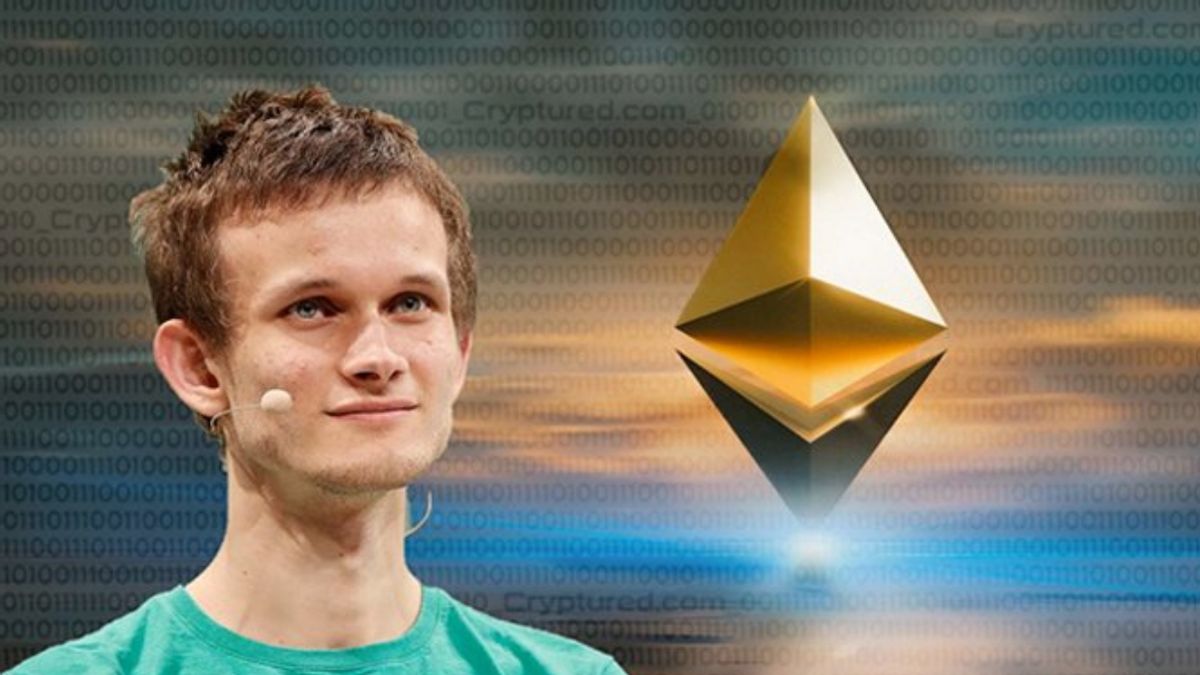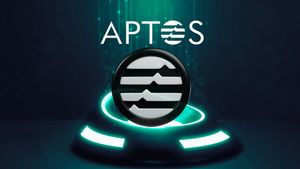JAKARTA - Ethereum co-founder Vitalik Buterin recently outlined his plans to increase the scalability of the Ethereum blockchain network via a roadmap called The Surge. In a blog post posted on Thursday, October 17, Buterin outlined its priority target, namely increasing the capacity of the Ethereum network to 100,000 transactions per second (TPS) on the relevant main network and Layer-2 (L2) platforms.
The Ethereum boss said that his main goal was to make Ethereum a more integrated ecosystem, not just a collection of separate blockchains. He also praised developers for the success of the rollup-focused roadmap, which was reinforced by the Dencun update in March. However, he acknowledged that despite its success, this approach also brought a number of unique challenges that had to be overcome.
For additional information, the rollup is a Layer-2 solution designed to increase the scalability of the Ethereum blockchain. This technology collects many transactions into one package which is then processed outside the main network (off-chain). Final results, including important transaction data, are then sent back to the main blockchain (on-chain). In this way, the rollup reduces the load on the Ethereum network, increases transaction capacity, as well as lowers transaction costs.
Dencun update, a combination of Shanghai and Cancun-Deneb updates, introduces a number of improvements in data storage at a lower cost, as well as reducing transaction fees on the Layer-2 network. However, this rollup-focused strategy is also inseparable from criticism.
SEE ALSO:
A number of parties consider that the existence of L2 that is too explosive has shifted users and revenue from the main Ethereum network, which could increase security risks and cause Ether (ETH) to become an inflationary. Currently, the price of Ether is recorded at around US$2,622 (Rp40,641,000).
Buterin emphasized the importance of improving data compression technology and sampling data availability. He also stated the need to make L2 more "trustless" and improve user experience between various Layer-2 platforms.
The Russian-blooded man reported that the fully "trustless" rollup development had been delayed due to concerns over a bug in the code. Buterin explained that Ethereum needed this kind of rollup so that L2 solutions could inherit Ethereum's core properties and increase scalability more reliably.
In addition, Buterin also warns of risks if the main network (L1) is unable to handle large transaction volumes even though L2 becomes more scalable. According to him, the increase in gas limit is a simple solution, but it can lead to centralization due to increased costs for validators.
Alternatively, Buterin proposed other solutions such as "multidimensionalal gas (gas fee) pricing," the introduction of a new byte code format, as well as lowering gas costs for certain opcodes. The main goal is to complete a rollup-focused roadmap without compromising decentralization and resilience that characterizes Ethereum.
The English, Chinese, Japanese, Arabic, and French versions are automatically generated by the AI. So there may still be inaccuracies in translating, please always see Indonesian as our main language. (system supported by DigitalSiber.id)
















